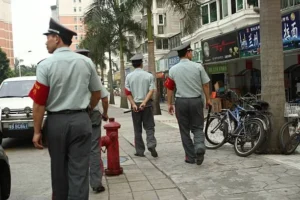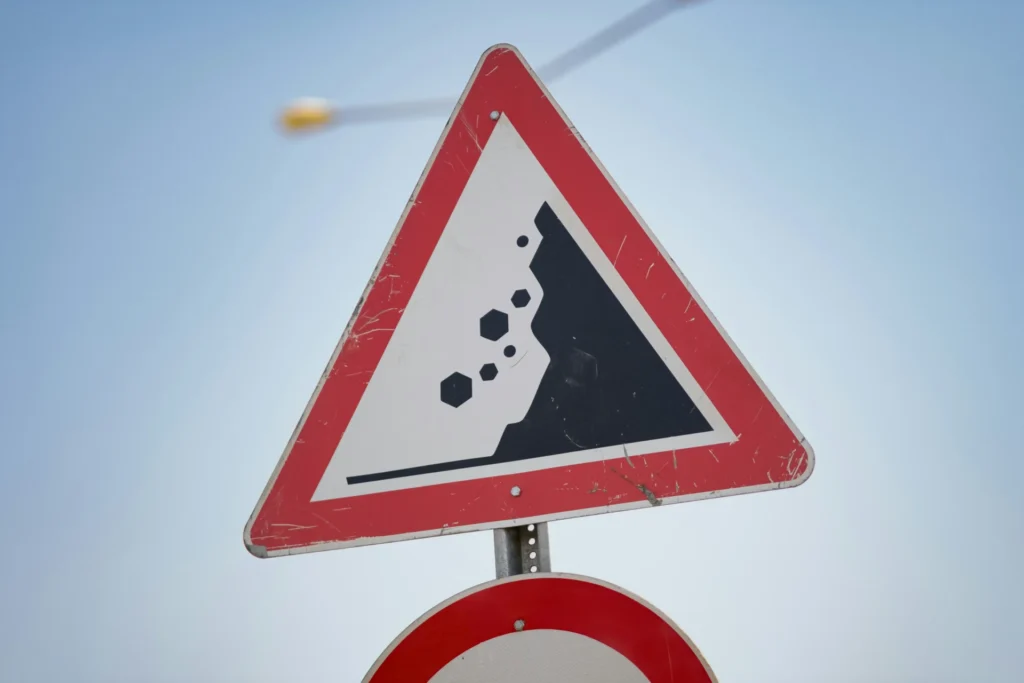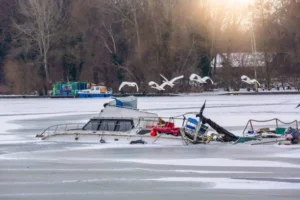According to the Alaska Earthquake Center, a massive landslide in Southeast Alaska early Sunday morning triggered a small tsunami. The incident occurred around 5:30 a.m. in the Endicott Arm area located south of Juneau.
While the precise location is still under investigation, scientists estimate that the landslide involved tens of millions of cubic meters of material crashing into the water. Seismic data confirmed the event, and early signs point to it generating a tsunami wave of about one foot in height.
No injuries or property damage have been reported, but authorities continue assessing the situation. The Earthquake Center is collaborating with other agencies to gather more detailed information and improve the accuracy of their location data.
Ezgi Karasozen, a research seismologist with the Alaska Earthquake Center, noted that the remote location complicates monitoring efforts. The Southeast Alaska landslide tsunami came shortly after the agency expanded its monitoring program, centered initially on Barry Arm, an area known for its potential to produce a dangerous tsunami due to unstable slopes.
That monitoring initiative has recently broadened to include much of Southern Alaska and parts of Denali National Park. Karasozen emphasized that Barry Arm is not the only area of concern. Although Sunday’s event occurred just outside the expanded monitoring zone, Karasozen acknowledged that it highlights the importance of extending surveillance further.









